Inventions such as animal husbandry, irrigation, writing and mathematics are viewed as the hallmarks of early civilization. These advancements separated us from other earth species by taking advantage of our ability to self-organize and further ensure our survival.
Yet these advancements – and the many that followed – required humanity to develop a deep bias and obsession with order and classification.

Note: this post was written based on reading from Mycelium Running (Paul Stamets), A Thousand Plateaus (Deleuze, Gilles & Guattari), and Unruly Edges (Anna Tsing).
It is also inspired by the lessons learned while playing Sid Meier’s Civilization.
The wheel of innovation
In order to harness the technologies humanity has developed, the construct of order was necessary – how can you write without an agreed-upon set of symbols and representations? How can you breed sheep with making them distinct from cattle?
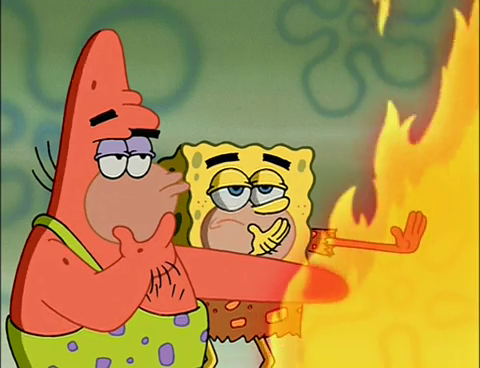
Along with this necessity for order comes the necessity for orders – something to decide when to cultivate the wheat, or organize a hunt. From these constructs comes the birth of power structures – leadership, chiefdom, laws, religion governments, etc.
These constructs – order, classification, and hierarchy – are then found to be the source of further innovation and technological development. Using mathematics (one of the strongest and most highly regarded order structures) humanity improved it’s construction and engineering – making stronger shelters for survival.
Humanity also developed calendars and irrigation strategies thanks to math. Yet at the same time, mathematics and our obsession with order lead to the development of currency, accounting, and banking. Our rationale for mathematics reinforced the concepts of property ownership, which then reflected itself in the code of laws we developed for ourselves.
As the proverbial wheel of innovation spins, we further entrench ourselves in these constructs we’ve deployed – in the name of health, in the name of culture, in the name of defense, in the name of curiosity, we traverse through life clinging order, classification, and hierarchy.
Costs of innovation
Humanity seems to have a tendency to “do ourselves dirty” when it comes to our innovation. Experimentation and exploration seem to go hand-in-hand with exploitation and excess extraction.
The Pyramids of Giza serve as an early example of this relationship. The pyramids are a hallmark (and mystery) of engineering innovation, using rollers, pulleys, boats, sledges, and other physics mechanisms to move heavy stone.
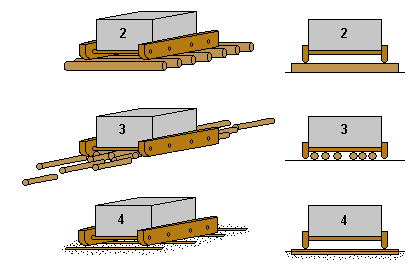
Yet this innovation arrived with heavy costs. Obviously first, human labor. Whether the laborers who built the pyramids were “really slaves” or not, it doesn’t change the fact that the construction required tens of thousands of people.
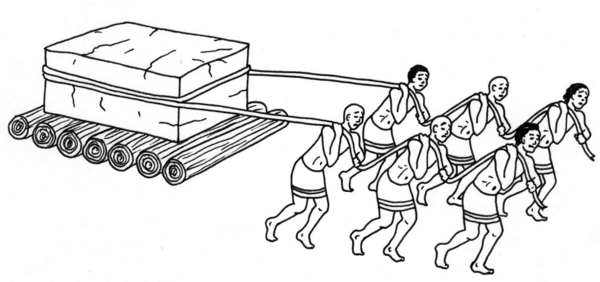
Animals were also forced to work, domesticate, and be slaughtered – their abuse already an accepted ‘fact of life’.

Finally, there was a great opportunity cost associated with building these pyramids. It took 20+ years to build them – an whole generation of people focused on a project. It also required ~6.5 million tons of stone – a huge environmental cost (another potential abuse already accepted as a fact of life).
To what ends were these pyramids built? To explore what is possible if man works together? To create a lasting protective structure for humanity? Sure – but more specifically to create a special place to memorialize elite members of society.
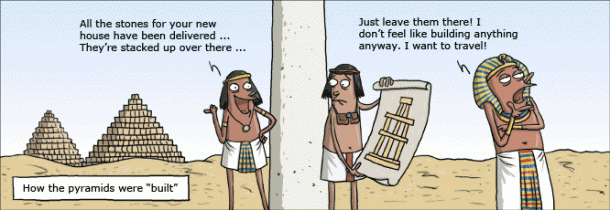
Constructs of hierarchy prescribed the purpose of the pyramids as much as they organized and ordered its creation. What is more, these constructs build upon themselves and create a self-enforcing cycle.
In this cycle, humanity observes innovations of the past, tries to make sense of what exists and develop new systems (orders, hierarchies, schemas, classifications) to develop mastery of the world that it lives in.
However, as the cycle continues humanity abstracts farther and farther from the organization as a survival need, and closer to classification for unknown, obscure or questionable motives.
Invisible costs of order and classification
Millenia later, the future onlooker arrives at the pyramids. The future onlooker is here on vacation from their job as a foreman at a mining company.
The future onlooker does indeed marvel at the size, scale and beauty of the pyramids. They think back to the innovative discoveries in math and physics that allowed the pyramid to be built. They consider the birth of labor organization and synchronization (i.e. “1, 2, 3, PULL!”) that helped them grow more quickly.
However the future onlooker does not consider the constructs of hierarchy and ordering that drove this innovation because this same system of thinking is deeply engrained into their consciousness as well.
Since the days of the pyramids, humans have further distinguished themselves from other species on earth - as well as each other. Borders have been drawn and re-drawn, chemical compositions mapped, dramas and poetries written, edges explored. Nowadays calling a stone a stone is not enough. A stone does not describe or differentiate the qualities of durability, usefulness, and appeal that distinguish a diamond from a dud. The stone must be categorized through words and numbers, building upon the hierarchies and constructs that an has already defined.
The future onlooker is part of many orders and hierarchies. They are in a labor union, a marriage union, a family unit, a sovereignty, and a tennis club. They have bosses and subordinates. They have travelers cheques for their journey, as the classification of value and money changes from country to country.
The future onlooker – along with most other members of their family unit and labor union – unconsciously embraces this order as a means to succeed, innovate, and improve their life.
Without these vacation days afforded by the labor union, they would have never been able to come to this far away land. Without these travelers cheques, they would have never been able to afford a second trip out to the site. The constructs of order and hierarchy that rule the future onlooker’s life have placed them here. The costs associated creating the pyramid are gone – only its classification as a world-wonder remains.
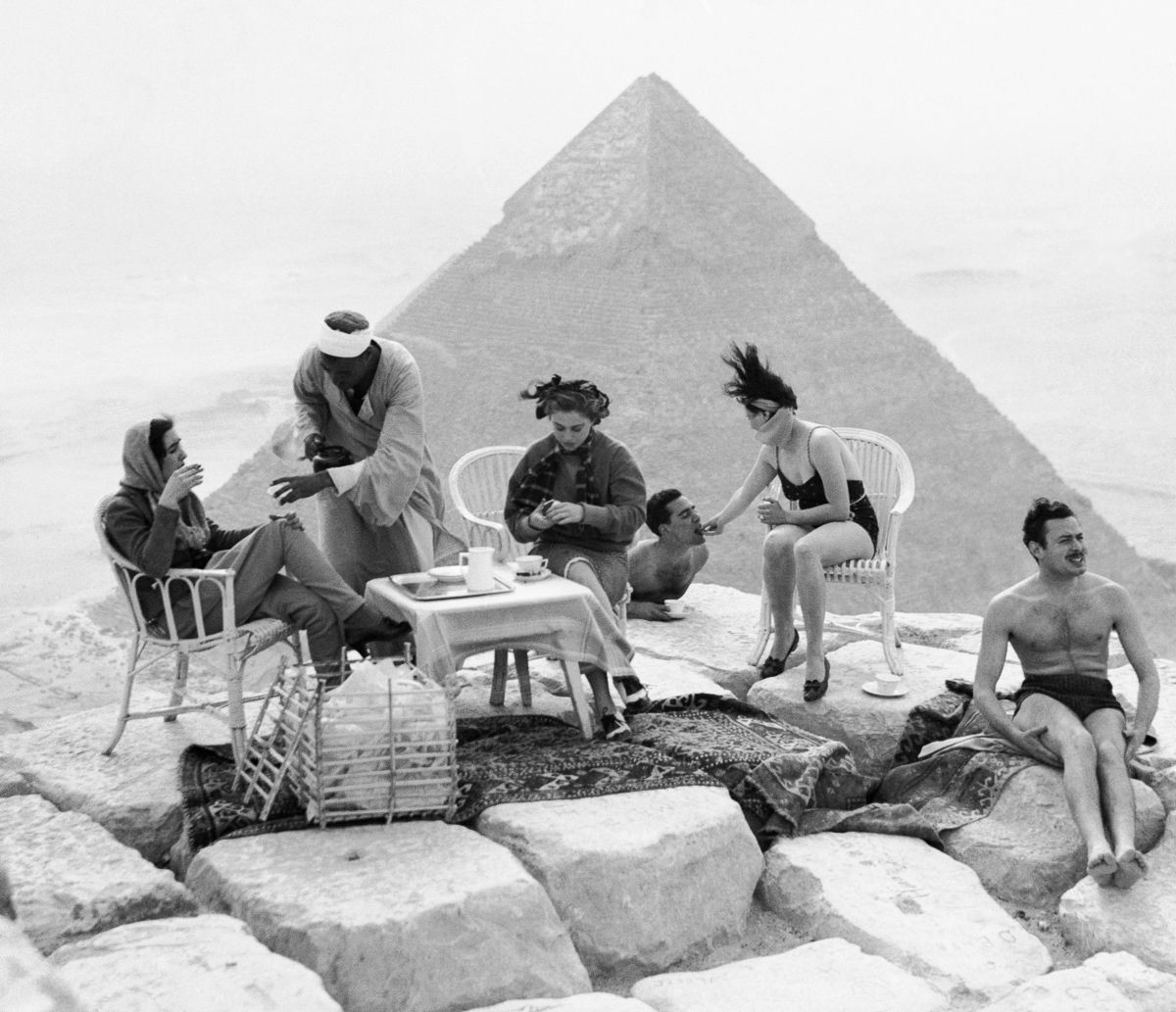
And so it is here – staring at the pyramids, that the future onlooker recalls the roller system used to carry the blocks. They consider the physical mechanisms, the human synchronization, the plotting of land and routes, and begin forming the idea for a new means of transport… a railroad system. So the wheel of innovation continues to turn.
Innovation breeding innovation
The future onlooker builds this concept for a railroad while standing on the shoulders of giants exceptional classifiers and organizers that came before them:
- They will use 5 gauge iron rails and 2 x 4 plans of wood – classifications defined by mathematicians and metallurgists.
- They will get a loan from the Bank of England – with an interest rate and repayment schedule calculated by an accountants and policy-makers.
- They will power the locomotive with coal – a sedimentary rock with some unique qualities defined by chemists and geologists.
- They will build a station in every major city – as defined by an official map of Great Britain made by a grand cartographer….and on, and on…
The future onlooker considers these exceptional classifications, but now takes for granted the previous hierarchies and systems under which they were developed. They cling to the current order and double down on it’s value so that a new innovation can be made.
The future onlooker is now only looking forward – not just spinning the wheel of innovation, but also spinning it faster (increasing its angular velocity).
Innovation above all
With each turn of innovation’s wheel comes further entrenchment into the constructs of hierarchy, order, and classification that are used to differentiate humanity from other things and itself.
The wheel of innovation turns again and the voices wondering “to what end?” die out; while the pyramids remain. Further classifications are born and new means of experimentation and exploration follow.
As the invisible costs of innovation keep piling up, one is left to wonder if humanity is pushing the wheel, or the wheel is pushing humanity…
Additional resources on this topic
More Paul Stamets: TED Talk, Video about Bees
Sid Meyers: Civilization “Tech Tree”, Brave New World:
Dale Pendell – excerpts from Pharmako/Gnosis: Plant Teachers and the Poison Path
Chepos-Pyramid – more on the pyramid rollers

One reply on “Human obsession with order & classification”
[…] further context, consider this essay which summarizes some of my thoughts on the topic, and the following media which has informed my […]